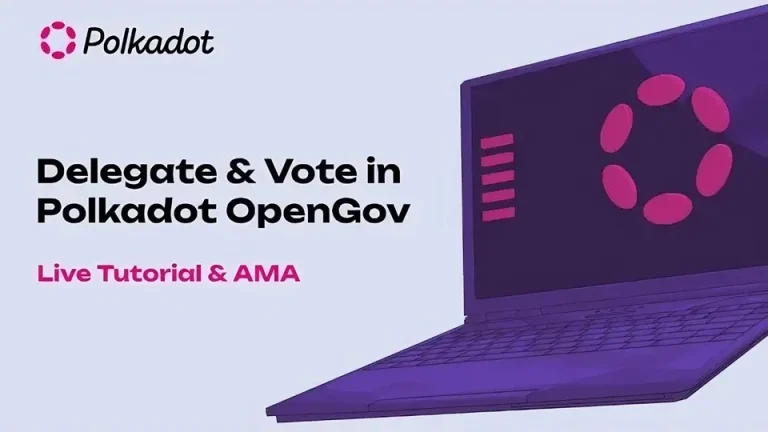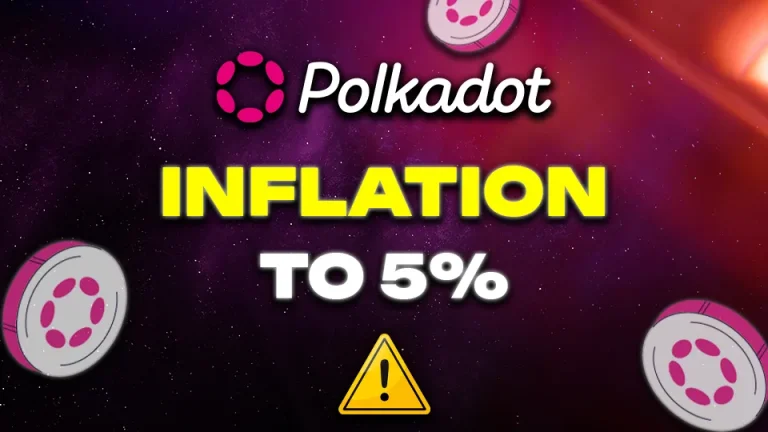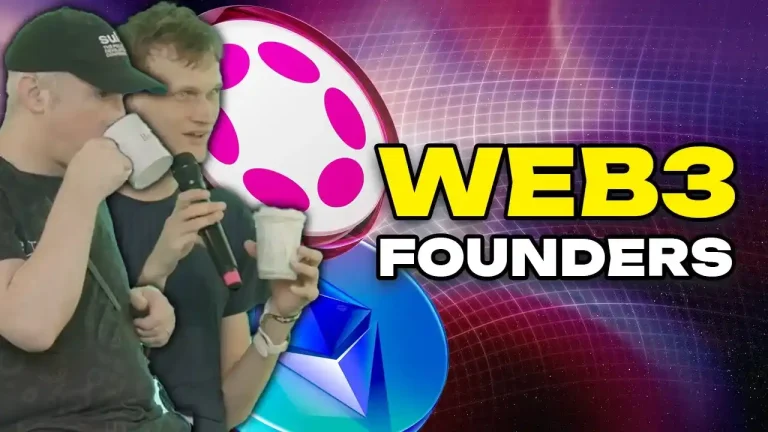Dakota Barnett, a prominent figure in the Polkadot ecosystem, recently shared his journey and insights in an interview titled “Subverting Systems of Power – Web3 Tools for Change.” Barnett’s experience spans over two years of active contribution to the Polkadot blockchain, focusing on fostering data ownership, decentralized autonomous organizations (DAOs), and the transformative potential of Web3 technologies. This article delves into Barnett’s vision for the future of blockchain, the role of Polkadot, and his motivations derived from personal experiences and a background in government.
Discovering Polkadot and the Web3 Vision
Barnett’s introduction to the world of blockchain began with Polkadot, a technology he discovered and fell in love with for its innovative potential. He was drawn to its unique capability to fine-tune blockchains with customizable features such as gas fees and staking protocols, setting it apart from other blockchain ecosystems like Ethereum, Cosmos, and Avalanche. Barnett envisions a multi-chain future where different blockchains coexist, akin to various programming languages serving distinct purposes.
From Government to Web3: A Shift in Paradigm
With a background in US government and politics, Barnett’s transition to the blockchain space was motivated by his desire for faster, more impactful change. Frustrated by the slow-moving, red tape-laden political landscape, he found in Web3 a dynamic environment where innovations could be implemented without waiting for bureaucratic approval. Polkadot, with its foundational layer zero infrastructure, offered a platform to build global protocols and systems without traditional constraints.
Empowerment Through Decentralization
Central to Barnett’s advocacy is the concept of decentralization, which he believes is crucial for societal transformation. In his view, current systems of governance and economic distribution are flawed, often benefiting a small fraction of individuals while marginalizing the rest. Web3 technologies, particularly DAOs and decentralized finance (DeFi), offer a way to redistribute power and wealth more equitably. By enabling community governance and transparent decision-making, these technologies can circumvent traditional power structures and reduce corruption.
Personal Motivations and Vision for Change
Barnett’s passion for change is deeply rooted in his personal experiences. Growing up in a financially challenged environment, he witnessed firsthand the limitations imposed by socio-economic status. His drive to make the world a better place stems from a desire to ensure that everyone, regardless of their background, has the opportunity to contribute to and benefit from technological advancements. Barnett emphasizes the importance of providing tools and platforms for people to have a voice and influence over the systems that affect their lives.
The Role of Polkadot in Building the Future
Polkadot’s governance system, known as OpenGov, stands out for its ability to incorporate diverse opinions and foster a more inclusive decision-making process. Barnett acknowledges the challenges of the current system, which can sometimes concentrate power among large token holders. However, he believes in the potential for evolution towards a more participatory model where contributions are recognized and rewarded, enhancing engagement and democratizing governance.
Innovations at Invarch Network: Omni-Chain Accounts
At Invarch Network, Barnett and this team is working on pioneering solutions like Omni-Chain Accounts, which aim to simplify access to Web3 by providing a single non-custodial account that works across all blockchains. This innovation seeks to eliminate the need for multiple wallets and streamline user experience, making blockchain technology more accessible to the general public. The ultimate goal is to embed these accounts directly into browsers, allowing users to interact with any decentralized application seamlessly.
InvArch Network Challenges and Future Directions
Building on Polkadot comes with its unique set of challenges, including the need for meticulous attention to detail and a slower development pace due to the complexity of the technology. However, Barnett views these challenges as necessary for ensuring the long-term stability and security of the systems being developed. He emphasizes the importance of getting every detail right to avoid catastrophic consequences and believes that the careful approach of Polkadot is a strength rather than a hindrance.
Conclusion
Dakota Barnett’s journey from government to blockchain reflects a broader trend of individuals seeking innovative solutions to systemic problems through technology. His work with Polkadot and Invar exemplifies the transformative potential of Web3, offering new ways to distribute power, enhance governance, and build a more equitable future. By leveraging the unique capabilities of Polkadot, Barnett aims to create systems that empower individuals and communities, paving the way for a new era of human cooperation and governance.








